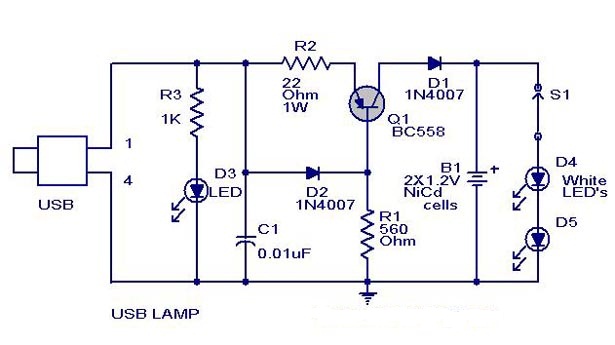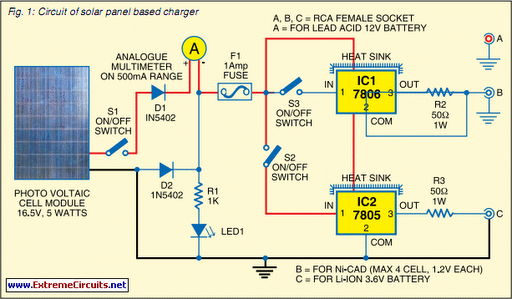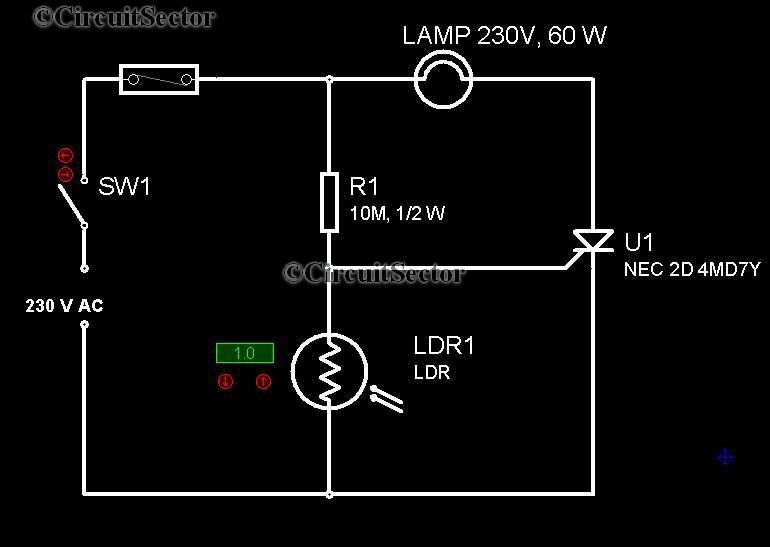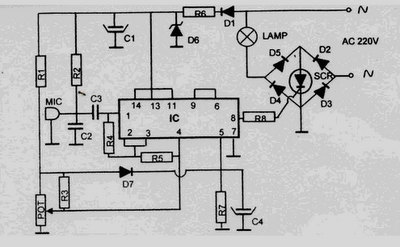
1 5 hour lamp fader sunset lamp
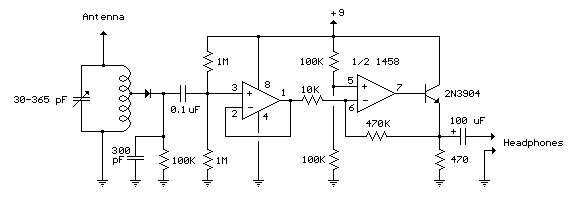
The sunset lamp activates at full brightness and gradually dims over a duration of 1.5 hours, remaining off until the power is reset.
The sunset lamp circuit is designed to simulate the natural fading of sunlight, providing a calming effect as it transitions from full brightness to complete darkness. The primary components of this circuit include a microcontroller, a power supply, an LED light source, and a dimming control mechanism.
The microcontroller serves as the central processing unit, programmed to manage the timing and brightness levels of the LED. It receives power from an AC to DC converter, which supplies the necessary voltage to the circuit. The LED light source is typically a high-power RGB LED or a warm white LED, chosen for its ability to produce a soft, ambient glow.
To achieve the gradual dimming effect, the microcontroller utilizes a pulse-width modulation (PWM) technique. This method involves rapidly turning the LED on and off at varying duty cycles, which effectively controls the perceived brightness. The transition from full brightness to darkness is programmed to occur over a set period of 1.5 hours.
The circuit also includes a power reset feature, which allows the lamp to remain off until the power supply is recycled. This is accomplished through a relay or a solid-state switch that disconnects the power from the LED after the fading sequence is complete. When the power is restored, the microcontroller resets, initiating the full brightness phase once again.
In summary, the sunset lamp circuit combines a microcontroller, LED light source, and PWM dimming control to create a soothing light transition, enhancing the ambiance of any space while incorporating an energy-efficient design.The sunset lamp comes on at full brightness and then slowly fades out over 1.5 hours time and stays off until power is recycled.. 🔗 External reference
The sunset lamp circuit is designed to simulate the natural fading of sunlight, providing a calming effect as it transitions from full brightness to complete darkness. The primary components of this circuit include a microcontroller, a power supply, an LED light source, and a dimming control mechanism.
The microcontroller serves as the central processing unit, programmed to manage the timing and brightness levels of the LED. It receives power from an AC to DC converter, which supplies the necessary voltage to the circuit. The LED light source is typically a high-power RGB LED or a warm white LED, chosen for its ability to produce a soft, ambient glow.
To achieve the gradual dimming effect, the microcontroller utilizes a pulse-width modulation (PWM) technique. This method involves rapidly turning the LED on and off at varying duty cycles, which effectively controls the perceived brightness. The transition from full brightness to darkness is programmed to occur over a set period of 1.5 hours.
The circuit also includes a power reset feature, which allows the lamp to remain off until the power supply is recycled. This is accomplished through a relay or a solid-state switch that disconnects the power from the LED after the fading sequence is complete. When the power is restored, the microcontroller resets, initiating the full brightness phase once again.
In summary, the sunset lamp circuit combines a microcontroller, LED light source, and PWM dimming control to create a soothing light transition, enhancing the ambiance of any space while incorporating an energy-efficient design.The sunset lamp comes on at full brightness and then slowly fades out over 1.5 hours time and stays off until power is recycled.. 🔗 External reference
